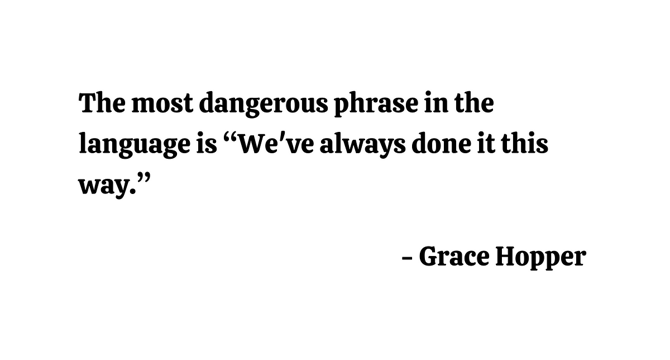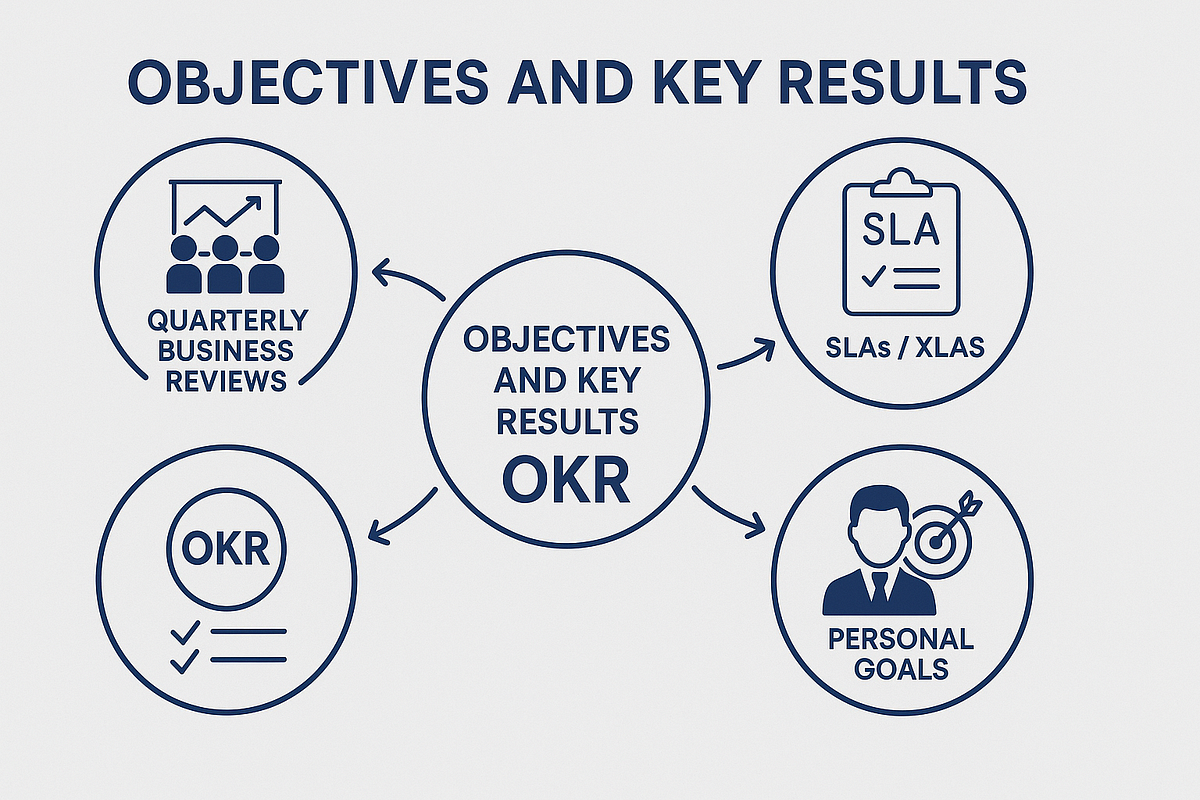Product Management News
Medium
390

Image Credit: Medium
RAG+: Enhancing Retrieval-Augmented Generation with Application-Aware Reasoning
- The research paper introduces RAG+, a framework that integrates application-aware reasoning into the retrieval and generation pipeline.
- RAG+ constructs a dual corpus with knowledge and application examples, aiming to bridge the gap between passive knowledge access and active knowledge application.
- The system retrieves both relevant knowledge and aligned application examples to enhance large language models' understanding and reasoning.
- Traditional RAG systems often struggle with domain-specific reasoning tasks due to a lack of procedural knowledge application.
- RAG+ addresses this limitation by providing not just declarative information but also procedural guidance during inference.
- The dual corpus architecture of RAG+ differentiates between conceptual and procedural knowledge types for generating relevant applications.
- RAG+ shows consistent performance improvements across mathematics, legal, and medical reasoning domains compared to standard RAG variants.
- The approach demonstrates the importance of incorporating procedural knowledge alongside factual information for enhancing reasoning capabilities.
- RAG+ aligns with cognitive psychology principles, indicating the need for both declarative and procedural knowledge components for effective reasoning.
- The framework's modular design allows for incremental enhancements without major architectural changes, facilitating compatibility and adoption across different domains.
Read Full Article
23 Likes
Medium
26

Image Credit: Medium
The ‘Hybrid PM’: Why You Can’t Be Just Product or Just Program in AI/ML Anymore (and How to Nail…
- In the rapidly evolving field of AI, traditional roles need to adapt quickly to deal with learning models, vast data sets, and emerging ethical considerations.
- The emergence of the 'Hybrid PM' role is driven by the complex, iterative, and data-centric nature of AI development.
- AI projects require a continuous scientific approach, making data management crucial as data essentially shapes AI products.
- Continuous operationalization through MLOps ensures that AI models sustain performance, scale effectively, and remain useful.
- AI projects involve various stakeholders like researchers, engineers, data scientists, business professionals, and customers, necessitating effective communication and translation.
- Ethical and responsible AI development is a core requirement, involving mitigating bias, ensuring explainability, and respecting user privacy.
- The 'Hybrid PM' role is about connecting different aspects in a unique way to navigate the challenges of AI effectively.
- To excel as a 'Hybrid PM,' one needs to master both product strategy and program execution skills.
- The blending of Product and Program Management in AI/ML is an essential evolution for managing complex systems and fostering responsible development.
- Developing both product strategy and program execution skills is crucial for future-proofing one's career in the AI field.
- The demand for 'Hybrid PMs' is expected to increase, offering opportunities for leaders to drive impactful change in the AI domain.
Read Full Article
1 Like
Link In Bio
16

Image Credit: Link In Bio
This is my Instagram "Saved" strategy
- Byron Stewart, Associate Director of Social Media at Team Epiphany, takes over the strategy send for paid subscribers while Rachel is offline traveling.
- Byron shares insights on creativity, content, and social media strategies.
- He discusses the Instagram 'Saved' strategy that inspires his creativity.
- Byron highlights the importance of building a world on social media and new strategies for engaging content.
- He delves into a new statistic to present to bosses for more resources.
- Byron suggests trying three different post formats this week for social media engagement.
- The article also raises the question of whether brands should be concerned about the CapCut Terms of Service updates.
- Brands are starting to adopt the streamer strategy as discussed by Byron.
Read Full Article
Like
Medium
333

Image Credit: Medium
Systems Thinking: “Seeing the Bigger Picture in Product Decisions”
- Systems Thinking is a mindset that views problems and solutions as interconnected pieces of a larger puzzle.
- It involves understanding how features interact, how users adapt to changes, and anticipating cascading effects of updates.
- Products are not standalone creations but systems within larger ecosystems.
- Systems Thinking helps in zooming out, mapping relationships, and addressing root causes rather than symptoms.
- Core concepts include considering downstream effects, understanding feedback loops, and addressing underlying causes of issues.
- Feedback loops in a system can either reinforce behavior positively or stabilize it negatively.
- The Iceberg Model highlights addressing the underlying causes, not just the visible symptoms.
- Applying Systems Thinking helps in treating causes and asking better questions in product management.
- It emphasizes responsible design, strategic problem-solving, and thoughtful leadership.
- Systems Thinking is beneficial for areas like Product Management, UX Design, Tech Leadership, and developing a Product Mindset.
Read Full Article
20 Likes
Discover more
- Programming News
- Software News
- Web Design
- Devops News
- Open Source News
- Databases
- Cloud News
- Operating Systems News
- Agile Methodology News
- Computer Engineering
- Startup News
- Cryptocurrency News
- Technology News
- Blockchain News
- Data Science News
- AR News
- Apple News
- Cyber Security News
- Leadership News
- Gaming News
- Automobiles News
Logrocket
337

Image Credit: Logrocket
A complete guide to AdTech for product managers
- Monetizing products with ads through AdTech can be highly profitable for high-traffic websites.
- Understanding the complexities of the advertising ecosystem and how AdTech works is crucial for maximizing ad revenue.
- AdTech involves publishers, advertisers, ad slots, inventory, ad servers, SSPs, DSPs, ad exchanges, direct deals, and more.
- Automation by ad servers streamlines the process of delivering and tracking ads on publisher websites.
- SSPs and DSPs help automate buying and selling inventory between publishers and advertisers.
- Ad exchanges function as automated online auctions, facilitating ad placements based on bids from DSPs.
- Direct deals between advertisers and publishers can occur for premium ad placements.
- All-in-one platforms like Google Ad Manager streamline ad serving and exchanges, reducing costs.
- Various other players like ad networks, data platforms, and agency trading desks play roles in the AdTech ecosystem.
- Adding ads to products involves building ad slots, utilizing ad server tags, selecting SSPs, and setting up header bidding.
Read Full Article
20 Likes
Medium
333

Image Credit: Medium
Designing for Chaos: Building Products That Hold When Everything Falls Apart
- Designing products for chaos focuses on resilience over just performance when everything falls apart.
- Resilience is the true test of a product's effectiveness, not just its performance under ideal conditions.
- Emphasizing predictability in the digital world contrasts with the need for volatility in high-stakes environments.
- Designing for chaos involves anticipating failures and ensuring products can withstand unexpected situations.
- A personal anecdote highlights the importance of considering unpredictable circumstances in product design.
- Focusing on the best-case scenario is insufficient; designing for unexpected deviations is crucial.
- The goal is to create products that are flexible and can adapt rather than breaking under pressure.
- Product designers should prepare for turbulence and aim to mitigate chaos rather than control it entirely.
- The key is to build products that can endure challenging situations, not just perform well under normal conditions.
- The ultimate task for product designers is to create products that can weather storms and remain functional.
Read Full Article
20 Likes
Medium
350

Image Credit: Medium
3 Lessons I Learned in My 1st Month as a Startup PM (That No Playbook Told Me)
- Transitioning from established tech companies to a startup PM role brought unexpected challenges.
- Product decisions at big companies involve layers of validation, while startups prioritize speed over certainty.
- Lessons learned include the value of fast, iterative, and imperfect product work.
- In early-stage environments, the focus shifts to progress rather than perfection.
- Speed and adaptability are crucial in addressing shifting user behaviors, especially in the dating app space.
- Understanding user intent and behaviors is essential for making improvements, going beyond simply analyzing numbers.
- Effective PMs in startups are creative problem-solvers who prioritize momentum over perfection.
- Clarity is earned through action, strategy through product delivery, and innovation in the midst of uncertainty.
Read Full Article
21 Likes
Medium
363

Image Credit: Medium
You’re Measuring AI ROI All Wrong. Here’s What Actually Matters
- AI initiatives often start strong but lose impact over time, leading to strategic setbacks compared to competitors.
- To make AI a strategic pillar, reframe the evaluation from 'What did we save?' to 'What did we unlock?' and 'What happens if we wait?'
- Measuring only direct cost savings and speed improvements can lead to automation without meaningful advancements and relevance.
- Focus on new revenue streams, customer segments, and product innovations that AI enables over a longer timeframe (6-18 months) for strategic impact.
- Monitoring market positioning, talent attraction, and evolving customer expectations is crucial for understanding the long-term impact of AI investments.
- Strategic ROI goes beyond immediate savings, encompassing reinvestment in new capabilities, gradual efficiency gains, growth, and competitive advantage over time.
- Measuring strategic ROI involves assessing the compound effects of AI investments on market leadership and differentiation.
Read Full Article
21 Likes
Medium
258

Image Credit: Medium
From Chaos to Control: 10 Productivity Hacks That Help Me Thrive as a Product Manager
- As a Head of Product, the author shares 10 productivity hacks that transformed their approach to work.
- The author advocates for prioritizing tasks using the Eisenhower Matrix and tools like Todoist and ClickUp.
- Scheduling deep work sessions using Google Calendar, delegation through Trello, and utilizing the Pomodoro Technique for focus are key strategies.
- Strategic meetings with clear agendas, feedback loops using Monday.com, and visual communication tools like Whimsical and Canva are highlighted.
- Automation with Jira, continuous learning from sources like Medium, Mind the Product, and LinkedIn Learning, and mental clarity practices with tools like Headspace and Calm are crucial for productivity.
- The author emphasizes the importance of finding a balance for better productivity and leading teams effectively.
- The article encapsulates various practical tips to enhance productivity and efficiency in product management roles.
- These strategies aim to shift from reactive to intentional work habits, allowing for improved focus and energy while managing tasks.
- Readers are encouraged to adopt these habits to streamline their workflow and enhance productivity in their roles.
- The author acknowledges that there's no one-size-fits-all solution for productivity, but these practices have helped them navigate challenges effectively.
- Sharing experiences and habits can inspire others to find their own rhythm for success.
- Overall, the article serves as a guide for product managers seeking to improve their productivity and lead with clarity and purpose.
Read Full Article
15 Likes
Medium
175

Image Credit: Medium
How I Turned a Churn Problem into a Game — Literally!
- Gamifying Zinga was a solution to address motivation and habit-building.
- The gamification strategy focused on rewards, challenges, and social engagement.
- A habit reinforcement loop was implemented to reward consistency and keep users engaged.
- Community-led sprints were introduced to add a social element to Zinga.
- Smart nudges were designed to be timely and engaging for users.
- An economy system was established to prevent points inflation or abuse.
- Users earn and spend points within the Zinga app.
- Different user scenarios were analyzed based on RICE scores to determine priorities.
- The focus was on validating the stickiness of the habit loop before scaling.
- A/B tests will be conducted to optimize user engagement.
- The process emphasized the importance of storytelling and alignment in product development.
- The goal was to make Zinga engaging and competitive, encouraging users to return and care.
Read Full Article
10 Likes
Medium
320

We Already Had a Working Product. Here’s Why I Started Over
- The decision to start over on a working product made by the author was met with skepticism as the original tool, SparrowGenie, was effective in cutting down RFP time.
- The author realized that building a tool for one's own team can create a false sense of success, as they might rely on personal assistance to navigate any issues.
- Utilizing wireframing, the author understood the importance of clarity and simplicity in design, emphasizing that thinking costs nothing compared to fixing code later on.
- Lessons learned include the significance of visual aids over words, attention to small details, understanding user perspective, and prioritizing clarity over aesthetics in design.
- The author highlights the importance of understanding the user's needs and tasks before diving into design, as well as the value of iterative sketching and early feedback.
- Designers play a crucial role in translating wireframes into functional and visually appealing interfaces, complementing the author's focus on user-centric design.
- Rebuilding the product with wireframing in mind led to improved usability for new users, showcasing the necessity of building for a broader audience rather than just a familiar team.
Read Full Article
19 Likes
Medium
70

Image Credit: Medium
People don’t buy products, they buy brands. Which one do you have?
- The success of a brand over a product was highlighted through a campaign comparison.
- Despite a client offering a great product at a lower price, sales were poor due to lack of brand value.
- Another individual selling the same product at a higher price but with a strong brand image achieved regular sales.
- Customers focus on the brand's association, understanding, and after-sales service rather than just the product.
- Simon Sinek emphasized that people don't buy what you do, but why you do it.
- Merely showcasing a product leads to forgetfulness, while presenting values helps in brand recall.
- Sales improve when customers can connect with the brand experience.
- Successful Facebook ads involve storytelling about the brand, not just product images.
- Presenting the product only plays the price game, while emphasizing the brand builds trust.
- Lack of branding is often the reason for poor sales, not just the quality of the product.
Read Full Article
4 Likes
Medium
175
Image Credit: Medium
How I’d Make Duolingo Even More Addictive (But in a Healthy Way)
- Duolingo's design is praised for being playful and gamified.
- Users want to feel progress in language learning during short free moments and to build real skills.
- The app is criticized for focusing too much on streaks and XP rather than fluency.
- Suggestions from users include AI-simulated tutor, personalized content based on motivation, and more context in lessons.
- Users also desire practice in real conversations with voice input and immediate feedback.
- Allowing users more freedom to navigate lessons, smarter retries with feedback, and limited ads are suggested improvements.
- Top suggested features based on RICE scores include personalized content, bite-sized explainers between lessons, and smarter retries.
- Gamification is acknowledged as effective, but building lasting habits requires human connection, context, and emotional flexibility.
- Success of ideas suggested in the study could be measured based on increased user engagement and progress in language learning.
Read Full Article
10 Likes
Medium
329

Image Credit: Medium
The Strategic Role of Objectives and Key Results (OKRs) in Modern Organizations
- Objectives and Key Results (OKRs) are essential frameworks for aligning strategic goals with measurable outcomes in organizations, initially developed by Intel and popularized by Google.
- OKRs promote transparency, focus, and alignment across all levels of an organization, intersecting with Quarterly Business Reviews (QBRs), Service-Level Agreements (SLAs), Experience-Level Agreements (XLAs), and individual performance goals like those of a Product Owner.
- An OKR consists of a qualitative objective and quantitative key results, aiming to be ambitious yet achievable, transparent, and limited in number to maintain focus, with a typical quarterly cadence.
- OKRs and QBRs work together to support organizational agility and accountability by reviewing performance metrics and adjusting efforts based on progress towards objectives.
- Service-Level Agreements (SLAs) and Experience-Level Agreements (XLAs) set operational performance and user satisfaction standards, connected to broader business goals through OKRs.
- OKRs play a significant role for individual roles like Product Owners (POs) in demonstrating alignment with company goals, prioritizing initiatives effectively, and measuring contributions objectively.
- To maximize the value of OKRs, organizations should follow best practices by integrating them with high-level strategy, reinforcing business agility with QBRs, ensuring operational excellence with SLAs and XLAs, and empowering individuals like Product Owners to deliver strategic value.
Read Full Article
19 Likes
Medium
149

Image Credit: Medium
In a world where wars can be won or lost in minutes, nuclear weapons remain the most powerful tools…
- Supporters of nuclear equality are advocating for equal rules where any country threatening peace faces consequences regardless of its power or alliance.
- Critics argue that denying other countries nuclear capabilities perpetuates weakness and fuels hidden programs.
- Advocates stress the importance of global transparency and joint responsibility in managing nuclear weapons.
- The call is for a fair and transparent approach to security that holds all countries accountable and responds collectively to aggression.
- The article highlights the need for a shift towards a just system that ensures a balance of power and equal sovereignty.
Read Full Article
8 Likes
For uninterrupted reading, download the app